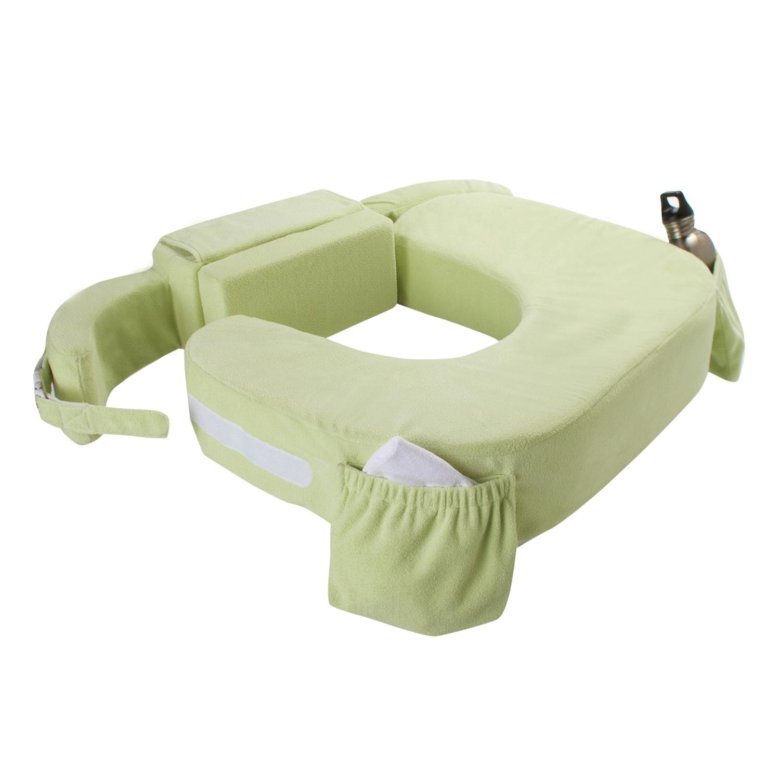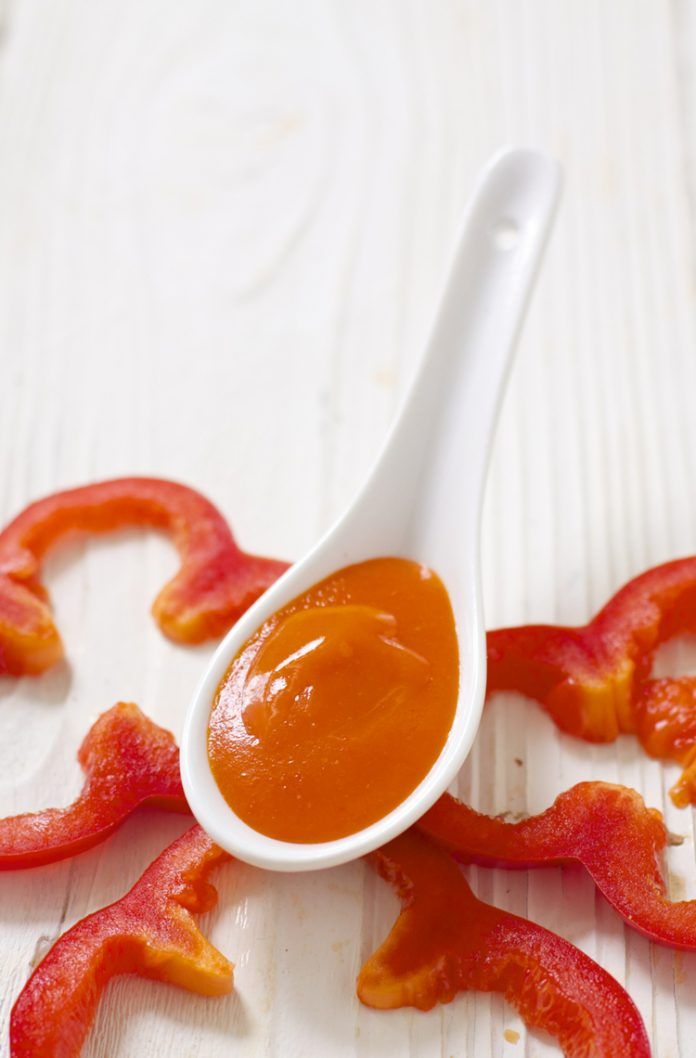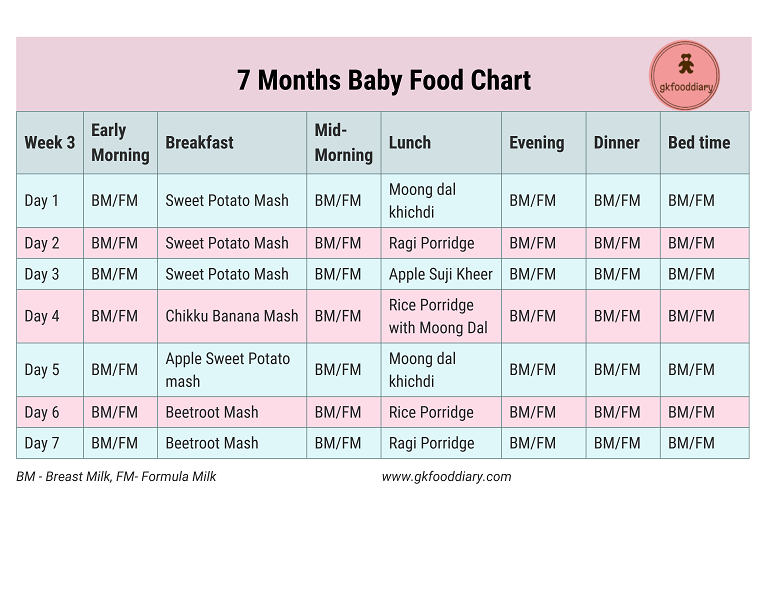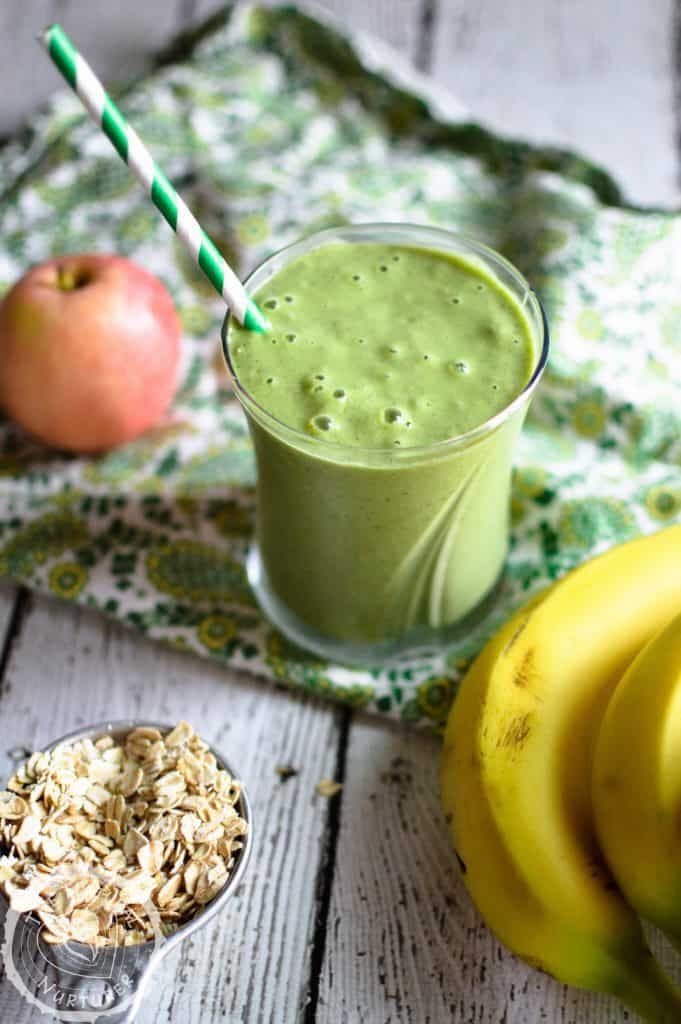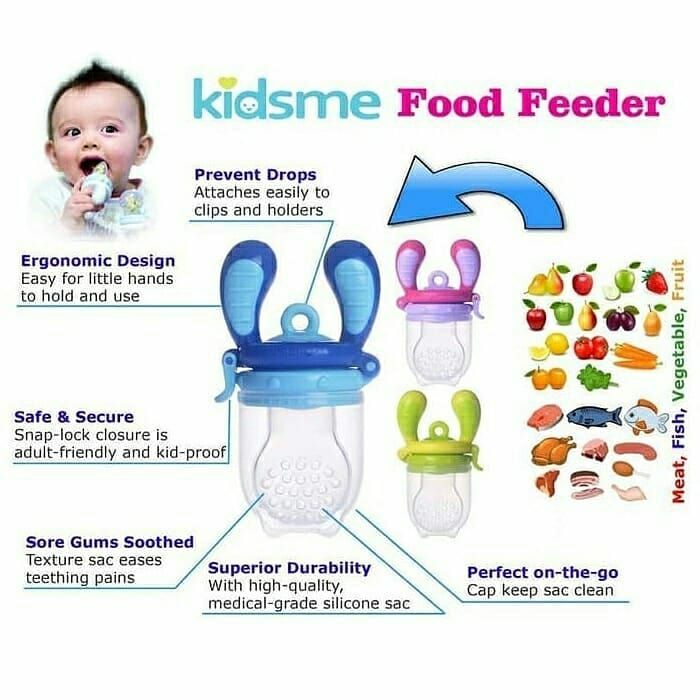Baby grade food
Food for infants and young children
To ensure appropriate nutritional composition and safety of foods specifically manufactured for infants and young children, as well as appropriate consumer information, the Commission has defined specific rules for such foodstuffs. The rules concern infant and follow-on formulae, processed-cereal based foods and baby foods.
Glossary
Infants | Children under the age of 12 months |
Young children | Children aged between 1 and 3 years |
Infant formulae | Food used by infants during the first months of life and satisfying by themselves the nutritional requirements of such infants until the introduction of appropriate complementary feeding |
Follow-on formulae | Food used by infants when appropriate complementary feeding is introduced and constituting the principal liquid element in a progressively diversified diet of such infants |
Processed cereal baby-food and baby foods | Food intended for use by infants when they are weaned and by young children as a supplement to their diet and/or for their progressive adaptation to ordinary food |
Formulae
Infant formulae and follow-on formulae are products designed to satisfy the specific nutritional requirements of healthy infants (children under the age of 12 months). These products were specifically covered by Commission Directive 2006/141/EC, adopted under the old legislative framework of Directive 2009/39/EC and subsequently amended on several occasions.
The Directive laid down the requirements for the composition and labelling of infant formulae and follow-on formulae. The annexes of the Directive give criteria for the composition (energy, protein, carbohydrate, fat, mineral substances, vitamins and certain other ingredients) of infant formulae and follow-on formulae including, where necessary, minimum and maximum levels.
Directive 2006/141/EC also encompassed the specific rules on the presence of pesticides residues in infant and follow-on formulae, previously set out in Commission Directive 1999/50/EC. It required that infant formula and follow-on formula contain no detectable levels of pesticide residues, meaning not more than 0.01 milligrams of pesticide residues per kilogram. The Directive also prohibits the use of certain very toxic pesticides in the production of infant and follow-on formulae and establishes levels lower than the general maximum level of 0. 01 milligrams per kilogram for a few other very toxic pesticides.
01 milligrams per kilogram for a few other very toxic pesticides.
What has the new Regulation on Food for Specific Groups done?
For infant formulae and follow-on formulae from 20 July 2016?
The Regulation:
- Set general compositional and labelling rules. In addition, it extends to the labelling of follow-on formula the restriction of use of pictures or text which may idealise the use of products (previously only applicable to infant formula)
- Required the Commission to adopt, through delegated act, specific compositional and information rules for infant and follow-on formulae, which replaced Directive 2006/141/EC. Commission delegated Regulation (EU) 2016/127 was adopted on 25 September 2015 and started to apply on 22 February 2020, except in respect of infant formula and follow-on formula manufactured from protein hydrolysates, to which it will apply from 22 February 2022. Until that date, the relevant rules of Directive 2006/141/EC remain applicable.
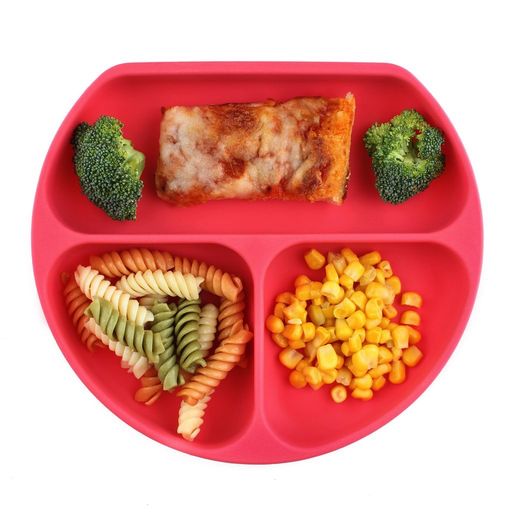 The new delegated Regulation:
The new delegated Regulation: - Updates the existing compositional requirements on the basis of the latest scientific advice
- Modifies the rules on labelling to ensure consistency with horizontal rules of Regulation (EU) No 1169/2011 on the provision of food information to consumers, taking into account the specificities of the products
- Forbids the use of nutrition and health claims on infant formula to protect breast-feeding
- Facilitates the monitoring activities of national competent authorities by requiring operators to notify them of the placing on the market of many follow-on formulae (in addition to infant formulae, for which the obligation already existed).
In addition to the requirements in Regulation (EU) 2016/127, infant formulae and follow-on formulae must also comply with other specific provisions laid down in the relevant measures of EU law on hygiene, on the use of food additives, on the presence of contaminants and on the use of materials intended to come into contact with the products.
Submission of dossiers on infant and/or follow-on formula manufactured from protein hydrolysates
From 22 February 2022, infant formula and follow-on formula manufactured from protein hydrolysates will have to comply with the new requirements of delegated Regulation (EU) 2016/127. As explained in the delegated Regulation's recitals, these requirements may be updated in the future in order to allow the placing on the market of formulae manufactured from protein hydrolysates with different compositions following a case-by-case evaluation of their safety and suitability by the European Food Safety Authority. In addition, after the assessment by the Authority, on the basis of studies, where it is demonstrated that a specific formula manufactured from protein hydrolysates reduces the risk of developing allergy to milk proteins, further consideration will be given to how to adequately inform parents and caregivers about that property of the product.
Food business operators should submit dossier for evaluation of an infant and/or follow-on formula manufactured from protein hydrolysates via the E-submission Food Chain Platform.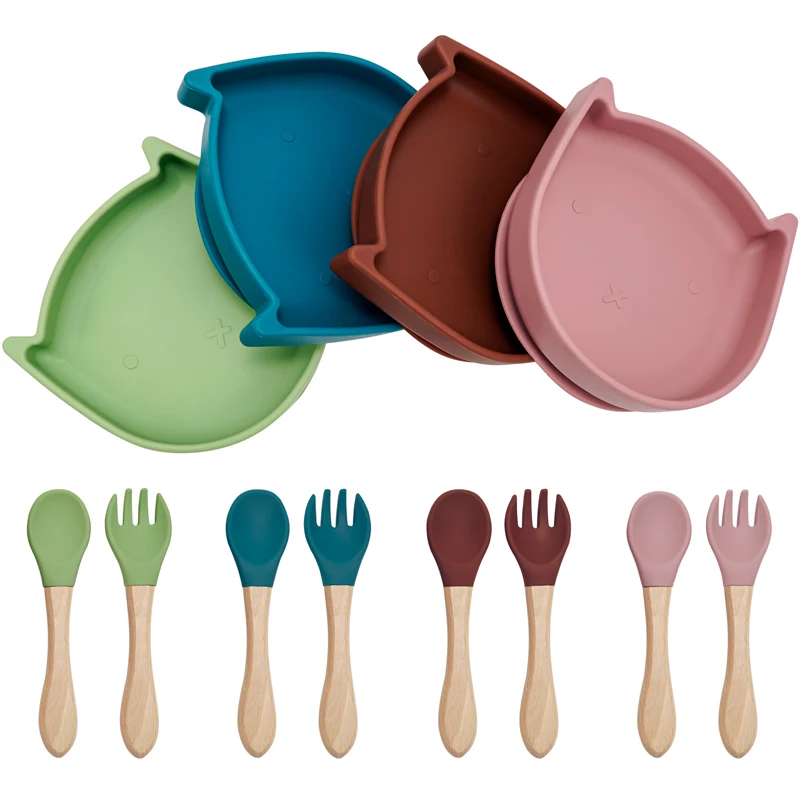
Scientific advice on the composition of infant formulae and follow-on formulae
- Scientific and technical guidance for the preparation and presentation of a dossier for evaluation of an infant and/or follow-on formula manufactured from protein hydrolysates (Revision 1)1
- Scientific opinion on the update of the tolerable upper intake level for vitamin D for infants
- Scientific Opinion on the essential composition of infant and follow-on formulae (2014)
- Scientific Opinion on the suitability of goat milk protein as a source of protein in infant formulae and in follow-on formulae (2012)
- Scientific Opinion related to the safety and suitability for particular nutritional use by infants of formulae based on whey protein partial hydrolysates with a protein content of at least 1.9 g protein/100 kcal (2005)
- Scientific Opinion related to the safety and suitability for particular nutritional use by infants of fructooligosaccharides in infant formulae and follow-on formulae (2004)
- Scientific Opinion related to the evaluation of goats' milk protein as a protein source for infant formulae and follow-on formulae (2004)
- Statement replying to applicant's comment on the Panel's Opinion relating to the evaluation of goat's milk protein as a protein source for infant formulae and follow-on formulae (2005)
- Report on the revision of essential requirements of infant formulae and follow-on formulae (2003)
- Statement on the use of resistant short chain carbohydrates (oligofructose and oligogalactose) in infant formulae and in follow-on formulae (2001)
- Additional statement on the use of resistant short chain carbohydrates (oligofructosyl-saccharose and oligogalactosyl-lactose) in infant formulae and in follow-on formulae (2001)
- Scientific Opinion on the calculation of vitamin E content of infant formulae and follow-on formulae (1996)
- Scientific Opinion on phthalates in infant formulae (1996)
- Report on essential requirements for infant formulae and follow-on formulae (1993)
- Report on infant formulae claimed to be 'hypoallergenic' or 'hypoantigenic' (1991)
- Report on the minimum requirements for soya-based infant formulae and follow-up milks (1988)
- First report on the essential requirements of infant formulae and follow-up milks based on cows' milk proteins (1983)
- First Addendum to the Report concerning the essential requirements of infant formulae and follow-up milks based on cows' milk (1989)
- First Addendum to the Report concerning the minimum requirements for soya-based infant formulae and follow-up milks (1989)
- Second Addendum concerning the essential requirements of infant formulae and follow-up milks based on cows' milk proteins and the minimal requirements for soya-based infant formulae and follow-up milks (1991)
Additional Scientific Advice
- Scientific Opinion on a maximum residue limit (MRL) of 0.
 01 mg/kg for pesticides in foods intended for infants and young children (1997)
01 mg/kg for pesticides in foods intended for infants and young children (1997) - Further advice on the Scientific Opinion on a maximum residue limit (MRL) of 0.01 mg/Kg for pesticides in foods intended for infants and young children (1998)
- Scientific Opinion on lindane in foods intended for infants and young children (1998) (currently unavailable)
- Scientific Opinion on lindane in baby foods (1994)
Cereals and other baby foods
Processed cereal-based foods and other baby foods (weaning foods) are specifically intended for infants (children under the age of 12 months) and young children (between one and three years) as they progress onto a mixed family diet.
Processed cereal-based foods and baby foods for infants and young children are currently covered by Commission Directive 2006/125/EC, adopted under the old legislative framework of Directive 2009/39/EC. It sets out rules on the composition and labelling of processed-cereal based foods and other baby foods. It gives criteria for the composition (protein, carbohydrate, fat, mineral substances and vitamins) of weaning foods including, where necessary, minimum and maximum levels.
It gives criteria for the composition (protein, carbohydrate, fat, mineral substances and vitamins) of weaning foods including, where necessary, minimum and maximum levels.
The Directive encompasses the specific rules on the presence of pesticides residues in processed cereal-based baby foods and baby foods set out in Commission Directive 99/39/EC and requires that this type of food contains no detectable levels of pesticide residues, meaning not more than 0.01 milligrams of pesticide residues per kilogram. In addition, the Directive prohibits the use of certain very toxic pesticides in the production of processed cereal-based baby foods and baby foods and establishes levels lower than the general maximum level of 0,01 milligrams per kilogram for a few other very toxic pesticides.
In addition to the requirements in Directive 2006/125/EC, processed cereal-based foods and baby foods must also comply with other specific provisions laid down in the relevant measures of EU law on hygiene, on the use of food additives, on the presence of contaminants and on the use of materials intended to come into contact with the products.
What has the new Regulation on Food for Specific Groups done?
For processed cereal-based foods and other baby foods from 20 July 2016?
The Regulation:
- Set general compositional and labelling rules
- Required the Commission to adopt, through delegated act, specific compositional and labelling rules for processed cereal-based foods and baby foods, which will replace Directive 2006/125/EC. Until the finalisation of the delegated act, the rules of Directive 2006/125/EC remain applicable.
Scientific advice on the composition of processed cereal-based foods and baby foods
- Scientific Opinion on maximum limits for vitamins and minerals in processed cereal-based foods and baby foods (1996)
- First report concerning the essential requirements for weaning foods (1990)
- Scientific opinion on the appropriate age range for introduction of complementary feeding into an infant's diet
- Scientific opinion on calcium l‐methylfolate as a source of folate added for nutritional purposes to infant and follow‐on formula, baby food and processed cereal‐based food
Additional scientific advice on pesticide residues in foods for infants and young children
- Scientific Opinion on a maximum residue limit (MRL) of 0.
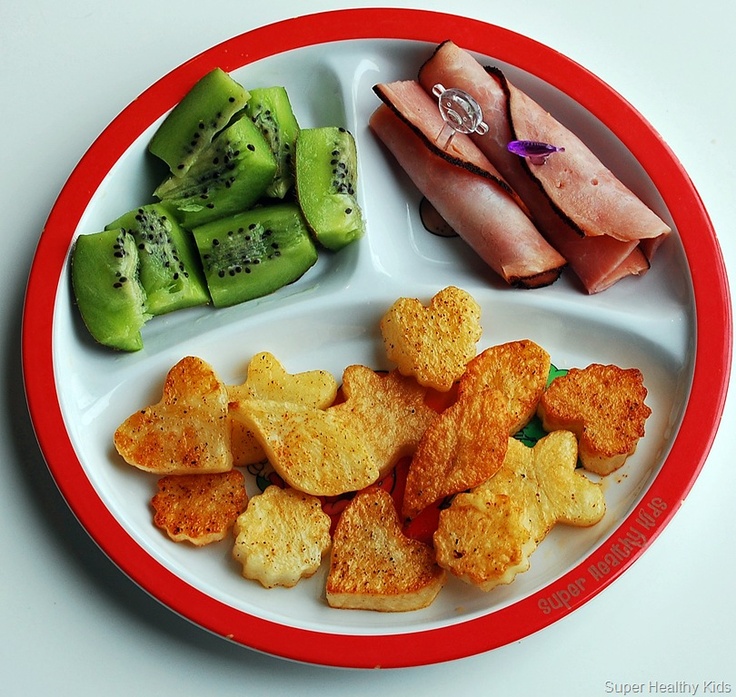 01 mg/kg for pesticides in foods intended for infants and young children (1997)
01 mg/kg for pesticides in foods intended for infants and young children (1997) - Further advice on the Scientific Opinion expressed on the 19 September 1997 on a maximum residue limit (MRL) of 0.01 mg/Kg for pesticides in foods intended for infants and young children (1998)
- Scientific Opinion on lindane in foods intended for infants and young children (1998)
- Scientific Opinion on lindane in baby foods (1994)
Related links
- Implementation of the Transparency Regulation (training and support material provided by DG SANTE for the use of the e-submission platform)
- Scientific and technical guidance for the preparation and presentation of a dossier for evaluation of an infant and/or follow-on formula manufactured from protein hydrolysates
- Administrative guidance for the processing of applications for regulated products
- Scientific Opinion: nutrient requirements and dietary intakes of infants and young children in the European Union
- Scientific Opinion: The appropriate age for introducing complementary feeding of infants
- Scientific Opinion: Safety, bioavailability and suitability of lutein
- Scientific Opinion: The use of L-cysteine in foods intended for infants and young children
What Are The Four Food Grade Materials Used for Baby Products?
As you shop around for the best products for your baby, there is one phrase you will come across quite a bit: Food Grade Materials.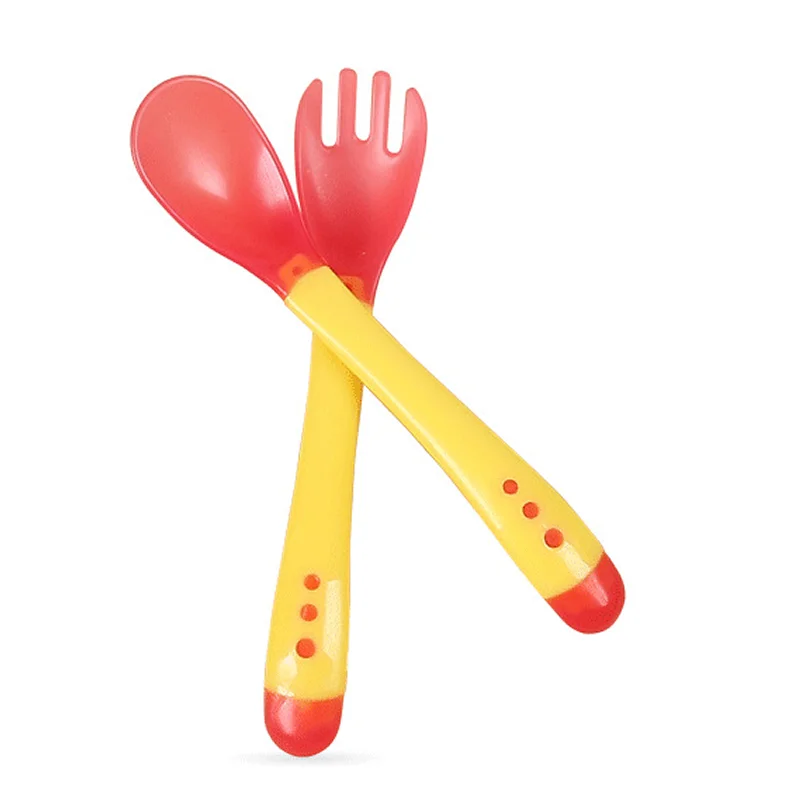 If a product is made with food grade material, it means it is safe to come into direct contact with food products. This includes the cases, pigments, fittings, utensils, and much more. As moms who made products out of only the highest food-grade material, we wanted to break down each of the food-grade materials we use and why they are important. Keep reading for more on the four food-grade materials used at Innobaby and how they help keep your family safe.
If a product is made with food grade material, it means it is safe to come into direct contact with food products. This includes the cases, pigments, fittings, utensils, and much more. As moms who made products out of only the highest food-grade material, we wanted to break down each of the food-grade materials we use and why they are important. Keep reading for more on the four food-grade materials used at Innobaby and how they help keep your family safe.
Food Grade Material #1: Plastic
The critical thing to understand about plastic is that not all of it is food-grade. Plastic is very popular for baby product companies because it’s functional, cost-effective, and safe when used correctly. Therefore, understanding various plastic materials and its grade is important to avoid unnecessary chemical exposure to your growing baby.
To be considered food-grade, the plastic must meet these requirements:
- Contains no dyes that are harmful for food consumption
- Container no additives that are harmful for humans
- Virgin plastic material is safer.
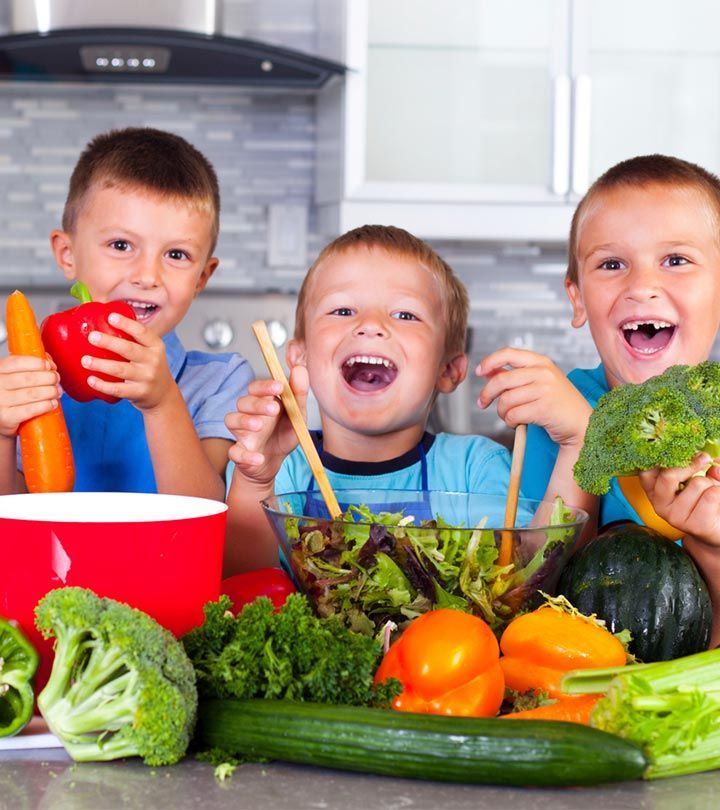 If a manufacturer uses recycled plastics, make sure that the manufacturer stands behind their quality & safety.
If a manufacturer uses recycled plastics, make sure that the manufacturer stands behind their quality & safety.
What to Look For
All plastic products in the USA carry a symbol with a number on it. This number ranges from 1 to 7. At Innobaby, we use virgin food grade plastic (not recycled) and carefully source our materials in South Korea or the United States.
We offer storage storage solutions in plastic materials:
- Keeping food contents 100% leakproof and airtight
- Used for stacking containers - Always check if the interlocking mechanism is smooth & secure. When stacking, if you hear squeaky sounds, check to make sure that you are not shaving plastic into baby’s food. With our twistable, we assure squeaky free stacking!
- Lightweight & easy for On-the-Go!
- Optimal solution for storing dry snacks for kids. Not recommended for feeding hot or acidic foods.
Innobaby Packin' SMART Stackables -5 Tier / Zoo Animal
Innobaby Packin' Smart 3-Tier Stackable
Packin' SMART Stackables 3 Pack Gift Set
Food Grade Material #2: Stainless
Why metal? Some people may ask why people chose stainless steel over plastic for serving food.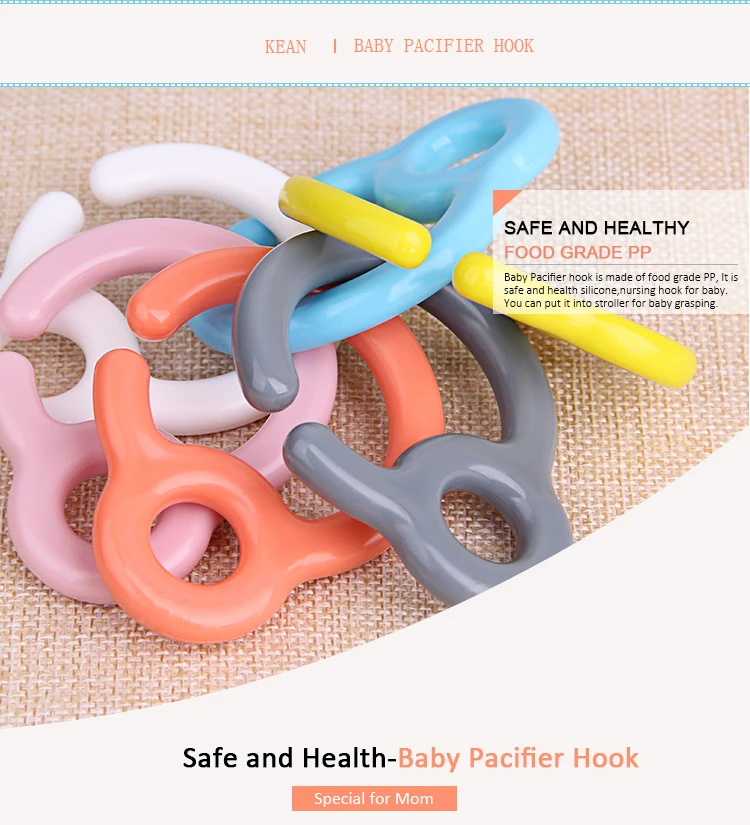 We offer feeding products in stainless steel as it is durable and food contact safe regardless of the temperature. Stainless steel is a common material used for cooking to storing, handling to service, and much more; however, it’s important to know that not all stainless steel are created equal. There are different grades in stainless steel so be sure to do your research and ask the manufacturer, if needed, so you don’t end up with rusty stainless steel plates or lunchboxes. The finish also determines the quality as the quality manufacturing ensures smooth edges to avoid cuts or smooth surfaces to prevent bacterial growth. When it comes to washing, stainless steel is your go-to solution as you can easily clean and sanitize in the dishwasher without the worries of wear.
We offer feeding products in stainless steel as it is durable and food contact safe regardless of the temperature. Stainless steel is a common material used for cooking to storing, handling to service, and much more; however, it’s important to know that not all stainless steel are created equal. There are different grades in stainless steel so be sure to do your research and ask the manufacturer, if needed, so you don’t end up with rusty stainless steel plates or lunchboxes. The finish also determines the quality as the quality manufacturing ensures smooth edges to avoid cuts or smooth surfaces to prevent bacterial growth. When it comes to washing, stainless steel is your go-to solution as you can easily clean and sanitize in the dishwasher without the worries of wear.
The finish determines whether it is food-grade or not; the finish of the steel must eliminate any surfaces that could result in bacterial growth while also being easy to clean/sanitize. (source: https://www.marlinwire. com/blog/food-grade-stainl... )
com/blog/food-grade-stainl... )
What to Look For
Not all stainless steels are made the same. We use 18/10 304 type food-grade stainless steel as it’s properties are stable and long lasting compared to lower grade stainless steels. Above this are commercial grade and medical grade steels which are not necessary for plating/storing purposes. Anything below 304 type grade may be easier & cheaper to manufacture, however, prone to rusting.
Stainless steel is great for:
- Bottles
- Utensils
- Lunchboxes
- Insulated food jars
Use with caution:
- Steel conducts heat/cold quickly. If not double lined, check the temperature before serving.
- Acidic & salty foods leftover overtime may result in corrosion. Avoid prolonged exposure for longevity of the product.
- Check for sharp edges or inconsistent finish for safety - quality manufacturing is important.
Innobaby Bento Snack Box (BPA Free, 11oz)
Food Grade Material #3: Glass
Many people love glass bottles and food storage.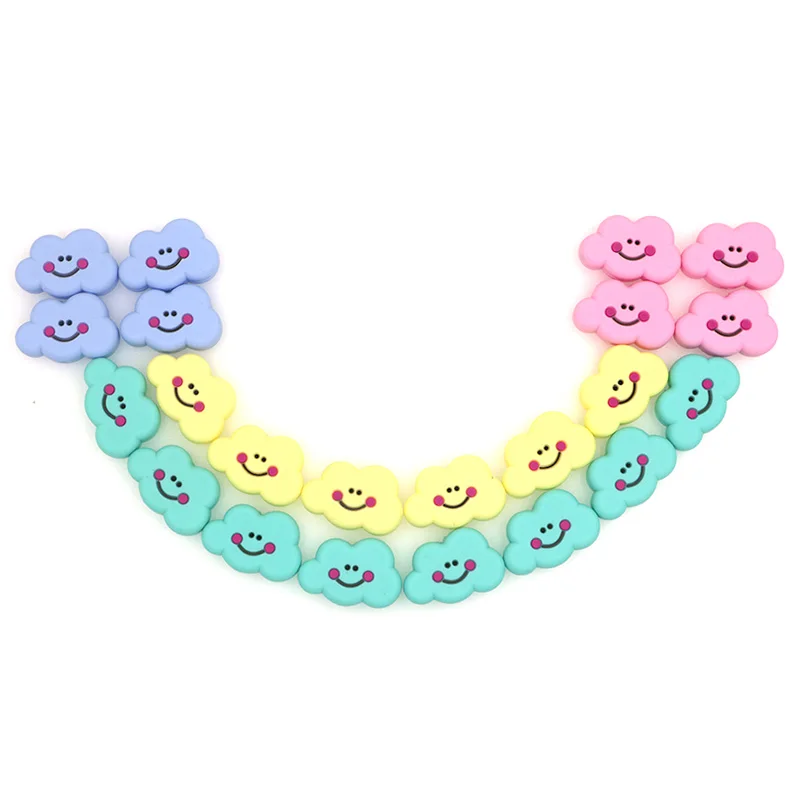 Did you know there is more than just one type of glass? It’s true — the quality of the glass is determined by the additional materials used to make it (other than just sand). Clear glass is made using silica sand. Once melted, it stays somewhere between a liquid and a solid (enter the product molding process) until additional materials are added. These include soda ash, limestone, cullet, silica, and much more.
Did you know there is more than just one type of glass? It’s true — the quality of the glass is determined by the additional materials used to make it (other than just sand). Clear glass is made using silica sand. Once melted, it stays somewhere between a liquid and a solid (enter the product molding process) until additional materials are added. These include soda ash, limestone, cullet, silica, and much more.
What to Look For
Glass is classified as Type I Borosilicate Glass, Type II Tempered Glass, Type III Treated Soda Lime Glass, and Type IV Soda Lime Glass, all of which are considered food-safe. Soda-lime is most often chosen as the packaging of choice.
Glass is great for:
- Storage
- Bottles
- Glass is not great for:
- Stacking containers or lunch boxes
- Utensils
- Teethers
Preppin' SMART EZ Lock Glass Container - 3 Pack / Rectangle
Food Grade Material #4: Silicone
Silicone is best known as the answer to all environmental concerns regarding single-use plastics and plastic waste. Reusable pouches and containers have skyrocketed in popularity; however, food-grade silicone has many more applications and uses than just as a replacement for plastic. Food-grade silicone is exceptionally versatile and can be used for almost anything when it comes to food handling, storing, and serving.
Reusable pouches and containers have skyrocketed in popularity; however, food-grade silicone has many more applications and uses than just as a replacement for plastic. Food-grade silicone is exceptionally versatile and can be used for almost anything when it comes to food handling, storing, and serving.
Food grade silicone is non-toxic and odorless, naturally mold-resistant, is biodegradable, and contains no BPA, Latex, Lead, or Phthalates — making it safe & environmentally friendly. It has high elasticity, is very resistant to tears, and can withstand very high temperatures.
What to Look For
To determine the difference between regular silicone and food-grade silicone, you can do the simple “Pull Test”. Grab your silicone product tightly on each end and try to pull it apart. If the stretched area turns white, it is not food grade. If it doesn’t change color, you are good to go!
Silicone is great for:
- Freezer or oven use
- Bibs, teethers, pacifiers
- Plates, bowls, and utensils
- Bottle nipples
- Bath products
- Lunchboxes
- Cleaning tools
- On-the-go pouches
Silicone is not great for:
- Stacking containers
- On-the-go for hot food
Innobaby Silicone Chicken Plate
Innobaby Silicone Fish Bath Scrub
Innobaby Silicone Bottle Brush
Looking for the Best Food-Grade Products?
If you are looking for the best food-grade baby products on the market, look no further than Innobaby.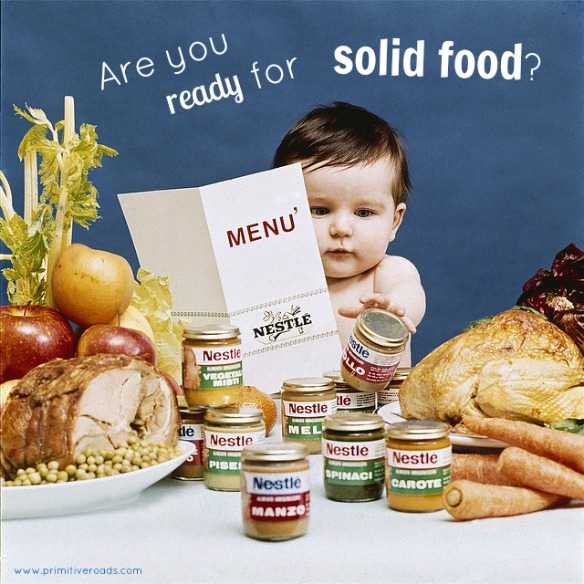 All of our products are not only food-grade but made with the highest grade in each category. Our award-winning products are made with the health and safety of your family in mind.
All of our products are not only food-grade but made with the highest grade in each category. Our award-winning products are made with the health and safety of your family in mind.
Whether it is teethers, suction plates, food storage, or bath time fun, we are a one-stop shop for all of the highest food-grade quality products your family needs.
Learn more about us and shop our products at innobaby.com
Special baby food
Baby food special
Meals for children has its own characteristics and complexities.
When planning a child's diet, consider certain features of the child's body.
Child growth
The main difference between baby food is the growth of the child's body. That is, a baby needs more protein than an adult. Knowing about it many adults make the mistake of focusing on creating a high protein diet, although even ordinary protein foods consumed by adults contain
more protein than breast milk.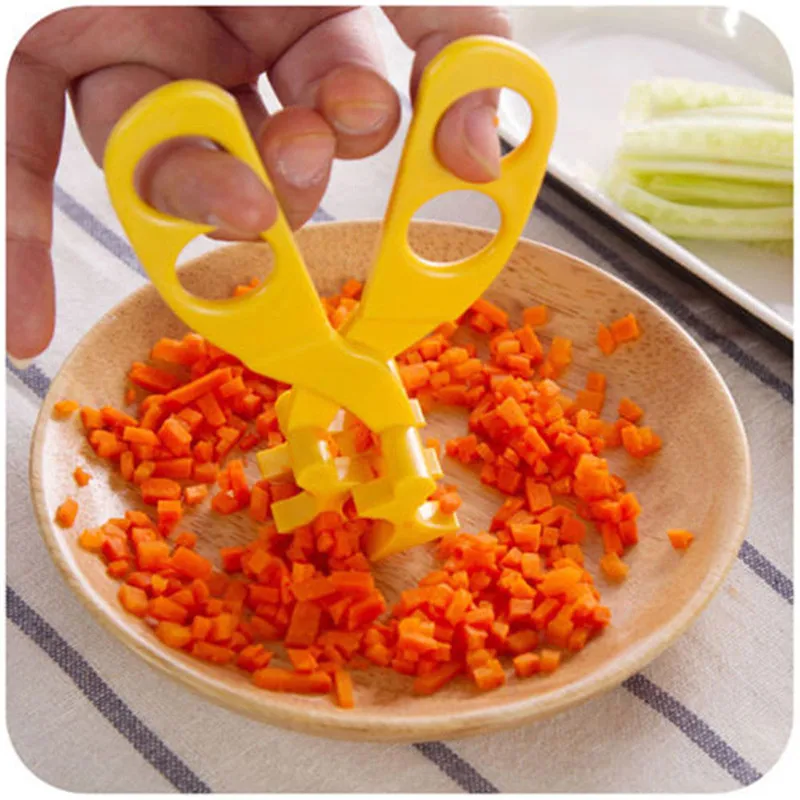
High mobility
Another feature of baby food is that children are very mobile in different from adults. Greater mobility of the child's body contributes to exchange normalization. If children are forcibly restricted in their movements, this provokes insufficient secretion of growth hormones, diseases, and as a result - developmental delay.
Consumption of sweets
Due to the high metabolic rate, children, unlike adults, are able to absorb significantly more sweets without much harm to themselves. However, they should not be encouraged to do so. Although sweet foods are natural origin are very beneficial for the child.
About cholesterolIn addition, children are much more active than adults. use cholesterol. It is very important for health, is the main component of the membrane, which surrounds cells throughout the body. And the child grows, and he forms a lot new cells.
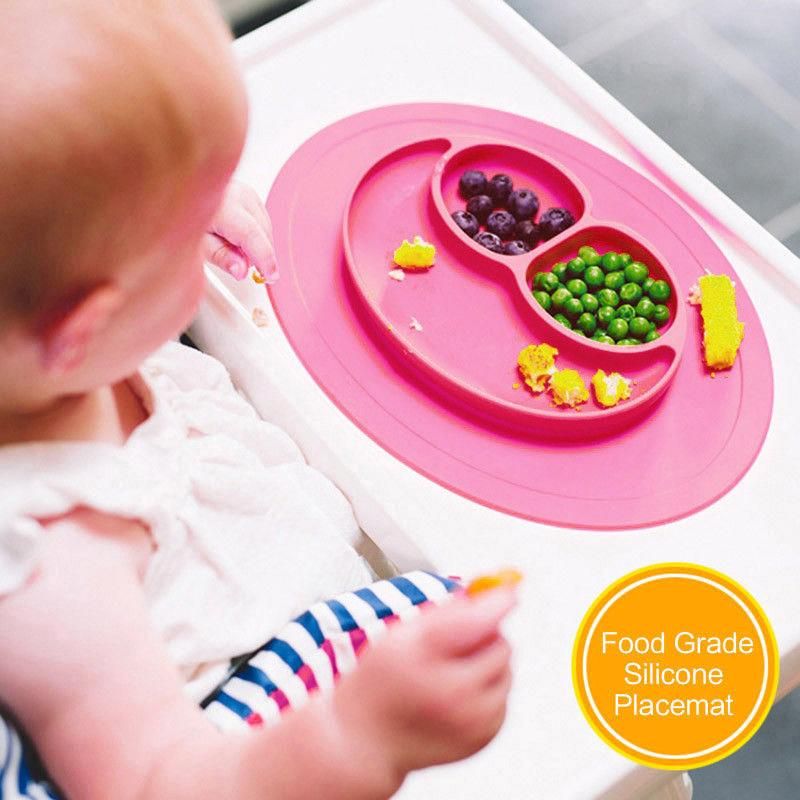
An important nuance is the fat cells that make up the "fat" according to most are formed during the first years of life. Subsequently they grow and grow in size. Therefore, what it looks like an adult is largely associated with nutrition in childhood.
Regulatory Excellence mechanisms
The most important feature of baby food . Regulatory mechanisms in the child's body controlling the inflow and outflow of energy, function perfectly. His The body knows exactly what food and in what quantities it needs. However, if there is an abundance of deliciously cooked (with spices, fried, fatty and etc.) and sweet dishes, the appetite will be coordinated by the tongue, and not by the physiological need.
This level of regulation remains until the age of 14-17. Further it is preserved under the condition that a person leads a healthy lifestyle.
A number of general rules can be identified - recommendations to which it makes sense to listen in order to provide the child with the right diet.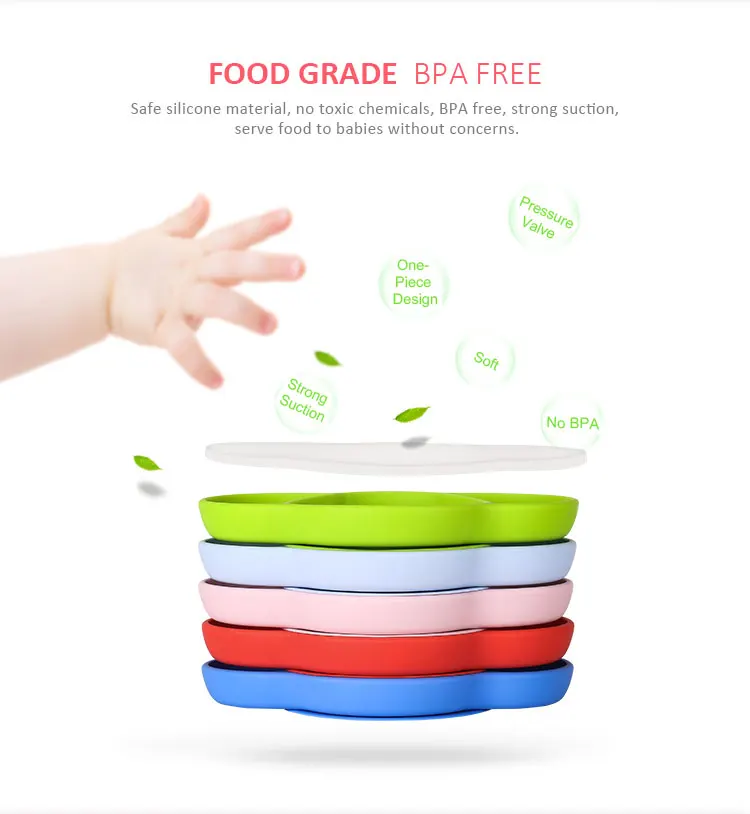
1 baby food rule - diet
Proper nutrition of the child involves the absence of strict dietary compliance.
What kind of lunch if you need to launch a rocket or put a doll to bed sleep? Such matters are as important for a child as love is for an adult, interesting work, rest. Children are tiny but full-fledged people who are still in need of care.
In addition, when there is no feeling of hunger, then eat the body is not yet ready to eat, eat without pleasure, therefore food won't go well. When hungry, the baby will ask for it. And there is no problem in that the child ate instead of three, two or five times a day. If food normal and do not use violence against the child, then there will be neither malnutrition nor overeating.
2 baby food rule - non-violence In most cases, the child is persuaded to "eat for dad, grandfather, mother, etc.
3 baby food rule - diseases
Separately, it is worth dwelling on proper nutrition children with diseases. very wide the practice of "feeding" sick children is practiced. There is an opinion that this gives the body extra energy to fight the disease.
Paradox - in following: the body really needs strength, it mobilizes all the resources to restore the shattered balance. And the patient has no appetite because all the energy is directed to the fight against the disease, and it simply does not remains on the process of digestion.
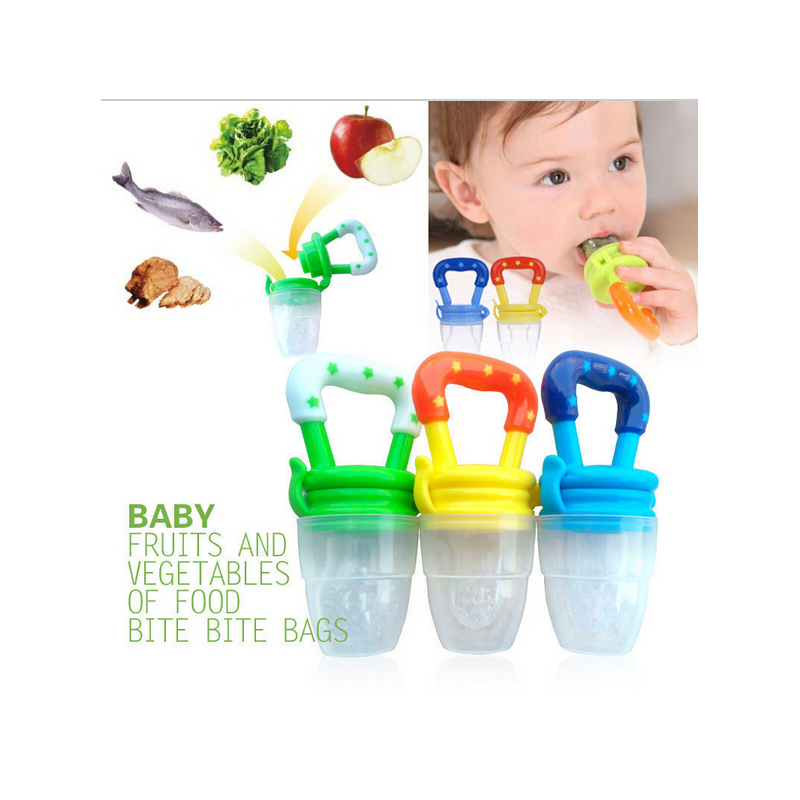 Animal instinct is at work here. is aimed at survival, and no food simply "climbs". For example, patients animals do not touch food, even if it lies in front of their noses.
Animal instinct is at work here. is aimed at survival, and no food simply "climbs". For example, patients animals do not touch food, even if it lies in front of their noses. And force-feeding for medicinal purposes directly harm the child.
Preferably, offer him hot drink - tea with honey, warm fruit drink, etc.
Rule 4 - freedom in everyday nutrition
In terms of everyday nutrition, it is better if children have choice of products. Thus, the problem itself is solved nutritionally balanced flax substances and dietary calories.
Based on long-term observations, it was found that with the presence of freedom of choice, children at the level of intuition or subconsciousness are able to create a menu that will be the best in every respect. adult function here - to orient the child in relation to the correct combination of products.
5 rule - fruits
Children can eat fruits without any restrictions, it is almost impossible to overeat them, and they are very useful.![]() But if the child refuses, no need to force. With a lack of any mineral or vitamin, the child himself will ask he needs an apple or even greens.
But if the child refuses, no need to force. With a lack of any mineral or vitamin, the child himself will ask he needs an apple or even greens.
It is only necessary to coordinate the combination of fruits with other products. These combination rules are objective for both children and adults. If the products are combined correctly, healthy children will lack gas emission, the stool will be odorless with a normal consistency, the tongue will be red and clean.
6 children's rule nutrition - protein food
Protein food should be given to the child 1-2 times a day for desire, but do not worry if he prefers rice or potatoes instead of cottage cheese or pea porridge. But an excess, like a lack of protein, can lead to unpleasant consequences.
You should not teach a child to sausage, because it unnatural food that deceives the taste organs. From natural products origin, the child should be able to choose from what they eat adults.
From natural products origin, the child should be able to choose from what they eat adults.
7 baby food rule - dairy products
Milk, curdled milk, kefir, yogurt represent makes great food for kids. However, they should not be combined with starches. A child at the age of one and a half should not be fed with cereals for milk. The best option is milk and dairy products (room temperature) give as a separate meal. good variation is a combination of cottage cheese with tomatoes (carrots) with kefir, yogurt or milk.
8 baby food rule - sweets
If you feed your child with sweets, then definitely not after eating. Better just give half an hour - an hour before the main meal. As a rule, they always give after.
Sweet is really necessary for the children's body. Sweets natural origin - fruits, honey, dried fruits cover the needs child's body.
In case of painful conditions, reduced immunity, good options will offer him soaked dried fruits, fruits, melons, watermelons and hot drinks. And no more dishes and products. Several of these days month will replenish the resources of the child's body.
9 baby food rule - water
Water should be given as much as how much the child wants. The best is melt water. It is advisable to gradually teach the child to drink a quarter - half a glass of water. after waking up in the morning, 30 minutes before the main meal and before going to bed, in the evening.
10 baby food rule
Children should not be prohibited from playing, running, and especially not worth persuading them to lie down. Because children almost never they eat for the future, unlike adults, do not "jam" their sorrows, boredom and bad mood.![]() And as a result, they don't overeat. Such mobility after eating is not will cause no harm to health.
And as a result, they don't overeat. Such mobility after eating is not will cause no harm to health.
Responsible under the SPR
E.S. Granchakova
is it possible to eat mashed potatoes in jars and lose weight
Studying the assortment of baby food is amazing: it seems that these babies get the best. Still, modern children can have mango puree for breakfast, eat horse meat with vegetables for lunch, and dine with organic chicken with rice. Why shouldn't adults eat this delicacy too? It turns out that the baby food diet exists and has already gained popularity among Hollywood stars.
Website editor
Tags:
Lady Gaga
Gwyneth Paltrow
Jennifer Aniston
diets
How to lose weight in a week
Getty Images
Tracey Anderson, an American fitness trainer who has worked with many celebrities, became the popularizer of the baby food diet. She suggested that those who want to get rid of extra pounds and keep themselves in shape should pay attention to jars of baby puree. Wiz Reeserspoon, Jennifer Aniston, Gwyneth Paltrow and Lady Gaga followed this diet at various times.
She suggested that those who want to get rid of extra pounds and keep themselves in shape should pay attention to jars of baby puree. Wiz Reeserspoon, Jennifer Aniston, Gwyneth Paltrow and Lady Gaga followed this diet at various times.
There are a lot of advantages of such a diet, but such a diet, however, also has enough disadvantages. We figure out what outweighs and to whom such a diet can suit.
How can you lose weight on baby puree?
There are several variations of this diet. The strictest option does not involve the use of any other products - only mashed potatoes, no juices, curds and other products. It is optimal to use only mono-products, which means that, most likely, you will have to limit yourself to mashed potatoes for the smallest ones, because jars for older children already contain mashed potatoes from several components.
It is recommended that you consume no more than 1200 calories daily.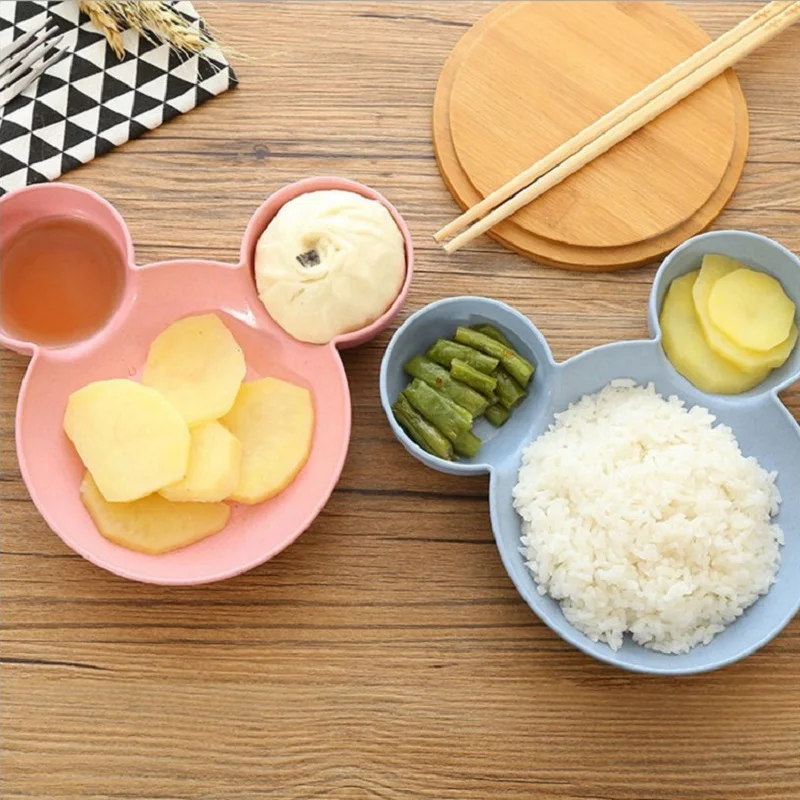 Considering that one jar contains up to 100 kcal, you will need quite a lot of such jars for one day. It is quite possible to lose weight on baby food - following a diet for babies can provide a loss of up to 5 kilograms per week.
Considering that one jar contains up to 100 kcal, you will need quite a lot of such jars for one day. It is quite possible to lose weight on baby food - following a diet for babies can provide a loss of up to 5 kilograms per week.
An easier and simpler option is to substitute baby puree for several meals or use baby food for a quick snack.
IT'S INTERESTING
Gwyneth Paltrow and other stars whose wedding was canceled on the eve of the celebration
Brad Pitt and Gwyneth Paltrow met on the set of the film "Seven", and they began a stormy romance on the set. The couple even had the same style of clothing at that time! The upcoming wedding of two sex symbols seemed like the event of the year, but Brad and Gwyneth unexpectedly parted ways. According to rumors, the reason was the bride's infidelity: she allegedly had an affair with colleague John Hannah on the set of "Beware the Doors Are Closing."
1 of 5
What are the benefits of a baby food diet?
Such a diet can captivate with its simplicity - you do not need to count calories, because all the data is written on a jar. There is no need to waste time on cooking, serving and studying the composition, and the products for babies are so diverse that such a diet cannot be called boring. Do not forget about the quality of the products - baby food meets the highest standards, and therefore definitely does not contain harmful additives, artificial colors and incomprehensible ingredients.
There is no need to waste time on cooking, serving and studying the composition, and the products for babies are so diverse that such a diet cannot be called boring. Do not forget about the quality of the products - baby food meets the highest standards, and therefore definitely does not contain harmful additives, artificial colors and incomprehensible ingredients.
In general, when choosing food for the little ones, you definitely will not buy pizza for babies or baby fries in a jar: the assortment will be healthy and healthy. Take at least mashed broccoli or green peas.
Weight loss on such a diet is more than real: the absence of harmful products, calorie restriction, portions adjusted to the gram will help get rid of extra pounds.
The Baby Puree Diet: Cons of the Diet
Obviously, for most of us, baby food as a permanent diet will not work - this system can serve to unload for a week or two.![]() Abuse of a strict version of the diet can harm rather than improve the body.
Abuse of a strict version of the diet can harm rather than improve the body.
If you follow such a diet, you will have to eat food without spices - salt, pepper and other seasonings are not added to monocomponent purees. Surviving more than two weeks on unleavened food is not so easy.
In addition, it is worth remembering that protein, whole grains, fiber and proper fats enriched with polyunsaturated fatty acids are not enough in children's products - they are quite enough to provide everything a baby needs, but they are not enough for an adult. Long-term adherence to such a diet can lead to digestive problems.
For those who have already experienced certain diseases of the digestive system, the use of baby puree in large quantities should be completely abandoned. Also, the diet is not recommended for pregnant and lactating women, those who suffer from anemia, have problems with pressure.
Another important factor is the high cost.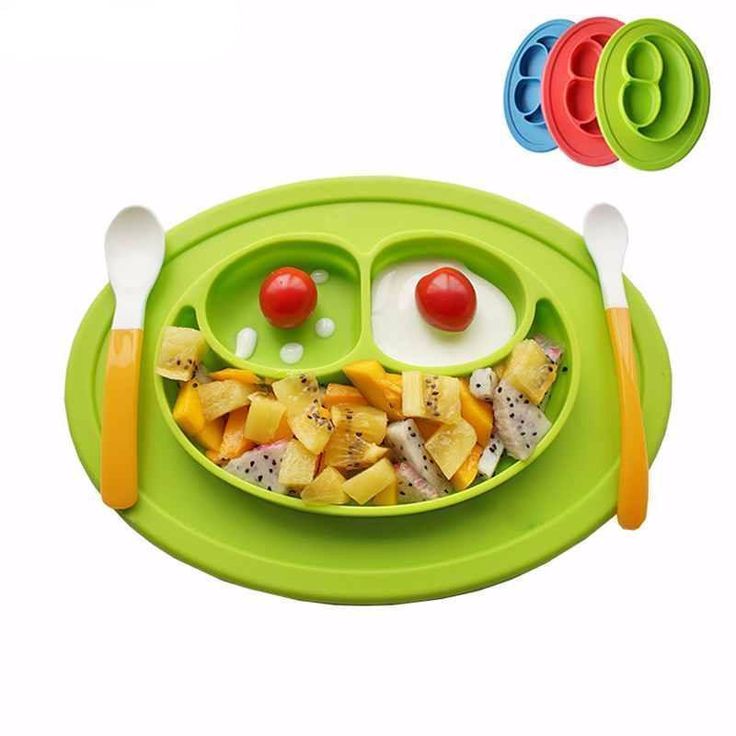 A two-week sitting on baby puree will cost a pretty penny, because you will have to eat the contents of 10-15 cans every day, which will cause both the body and the wallet to lose weight at the same time. We also note the environmental aspect - such a huge number of empty jars will quickly accumulate in your house that the question of their proper disposal may arise.
A two-week sitting on baby puree will cost a pretty penny, because you will have to eat the contents of 10-15 cans every day, which will cause both the body and the wallet to lose weight at the same time. We also note the environmental aspect - such a huge number of empty jars will quickly accumulate in your house that the question of their proper disposal may arise.
Baby puree: yes or no
Feedback from those who have already tried the baby puree diet is mixed. Some say that such a diet really allowed them to throw off those extra pounds, while others note a constant feeling of hunger for one or two weeks of “canned” nutrition. Many simply yearned for "adult" food, wanting to chew on pieces of food and not only absorb certain foods, but enjoy the very process of eating.
Those who still decide to try such a diet should not forget that it is not necessary to follow it for more than two weeks. It is important to drink enough water, and if necessary, add at least a little fiber to your diet.![]()



